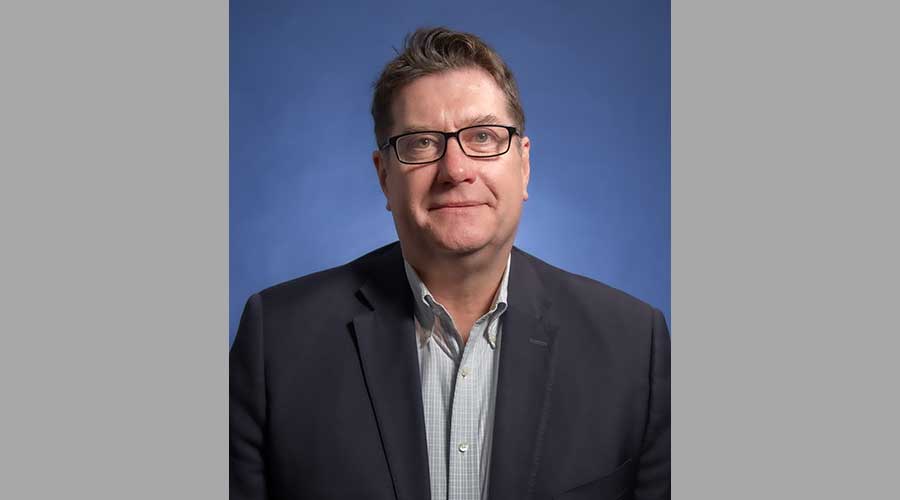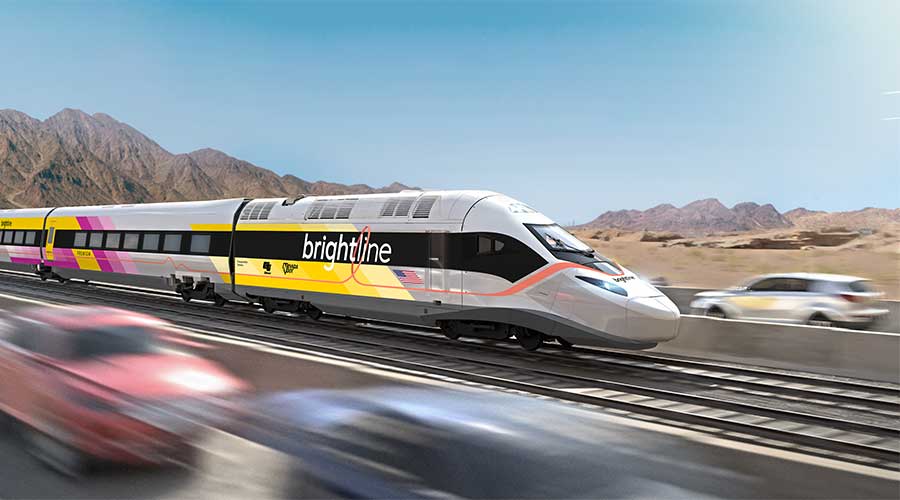Stay updated on news, articles and information for the rail industry
September 2013
Rail News: Passenger Rail
New York's MTA analyzes millennial, baby boomer travel trends to determine future investments
— by Angela Cotey, associate editor
Transit-rail ridership trends used to be fairly predictable. Passengers would hop on a train in the morning, take it from their suburban home to a metropolitan city's business district, work their 9-to-5 shift, and take the train home.
Those travel patterns aren't nearly as, well, patterned, today. In the New York City region, people are using transit services during all hours of the day and night, and ridership into Manhattan is flattening while travel to other boroughs is rising, Metropolitan Transportation Authority (MTA) officials say.
A confluence of factors are contributing to the changing ridership model. Younger generations are choosing transit over automobile travel. Baby boomers are moving closer to urban areas. Jobs have been disbursed from Manhattan to outer boroughs and suburbs. And many employees are starting their work day later in the morning and working through the evening.
The driving forces behind those trends won't go away anytime soon, MTA officials say, creating a "new normal" for transit ridership — in the New York City area, certainly, but also nationwide. Now, MTA executives are analyzing how the new travel trends are impacting their various services, how they will continue to impact them in the future and how the agency can best address evolving rider demands.
William Wheeler is at the forefront of that initiative. As MTA's director of special project development and planning, he studies regional travel demand to determine what influences travel patterns. Wheeler's division compiles and releases that information every five years, which is an ideal timeframe for assessing long-term population and employment forecasts, he says.
"Forecasts don't move much from year to year, but during these five-year chunks, you can see trends start to develop," Wheeler says.
MTA execs use emerging trends to help create their 20-year needs document, which is updated every five years in coordination with the authority's five-year capital plan. As executives prepare to develop the 2015-2019 capital program, they are analyzing an "extraordinary mix of forces" that have changed travel demand in the region, says Wheeler.
For one, the millennial generation, loosely defined as those born between 1980 and 2000, now make up about 22 percent of the regional population. They are more likely to live in a city and use transit rather than a car. Baby boomers make up 26 percent of the regional population and, they too, are increasingly choosing to move closer to city centers and sell their suburban homes. Many decide to live near train stations and rely on transit service to travel to entertainment, retail and medical centers.
The changing demographics have helped spur MTA ridership, which has jumped 58 percent since 1992. At New York City Transit (NYCT), subway ridership is at its highest level since the post-World War II manufacturing boom.
Meanwhile, job market changes are creating a "24/7/365" economy, as Wheeler puts it, and that means subway platforms are bustling even in the wee hours of the morning. Today's growth industries — health care, education, and science and technology — don't solely offer 9-to-5 jobs. They're also no longer located primarily in Manhattan. Some of New York's most well-known hospitals have consolidated in recent years and built satellite offices in outer boroughs and suburbs, says Wheeler.
Bucking Tradition
Non-traditional work patterns are developing, too, with an increase in part-time and self-employed workers, as well as telecommuters. That's translated into later start and quitting times for many workers, and an uptick in weekend work hours.
At the same time, the financial and real estate sectors that once were the backbone of New York City's economy have lost tens of thousands of jobs during the past decade, Wheeler says.
The job market changes, along with emerging neighborhoods in outer boroughs, have resulted in fewer trips to the central business district and an increasing number of borough-to-borough trips.
Demographics and travel demand aren't the only things changing for MTA. Today's passengers — particularly the younger ones — have higher expectations for their transit service, says Wheeler. Riders want real-time information that enables them to make on-the-spot travel decisions.
That's why NYCT has contracted Transit Wireless to own and operate subway station wireless communications networks. The firm is installing Wi-Fi service at all underground stations, starting with the largest stations in Manhattan.
"We want to service as many people as soon as possible," says MTA spokesperson Adam Lisberg, acknowledging that adding wireless capabilities to NYCT's old infrastructure poses technical challenges.
MTA Long Island Rail Road and MTA Metro-North Railroad officials are discussing how to add WiFi service at stations, as well, likely by also partnering with an outside firm that would front the installation costs in exchange for advertising, says Lisberg.
MTA also hosts weekend app competitions, through which officials release data at the end of the week, with information such as train movements, performance figures and the location of data resources inside subway stations; tech developers are challenged to use the data to create an app by Sunday night that helps improve riders' travel experience.
Great Expectations
Providing a better experience doesn't hinge solely on technology. Riders — again, millennials in particular — expect a well-maintained transit system.
"The state of New York City was horrible in the 1970s. But the millennials don't know that, and they have never seen the transit system out of repair," says Wheeler. "They know a city that's vibrant and a subway service that's available during all hours of the day and night."
Those expectations put pressure on MTA officials to maintain the system in a state of good repair while ensuring capacity meets demand, especially as that demand evolves. Doing so is easier said than done. It costs MTA billions of dollars a year just to maintain its infrastructure, let alone expand capacity. That's why, when they begin sketching out the 2015-2019 capital program next year, MTA execs will need to keep emerging travel trends in mind and determine how the agency can best and most quickly adapt to meet those needs, says Wheeler.
"People want things done in their commuting lifetime; we can't simply identify corridors or new subway lines and expect that will solve a problem," he says. "We need to be more surgical with our existing network."
That might mean continuing to install communication-based train control on subway lines to allow for more throughput, or adding more passing tracks on the commuter-rail systems. MTA also could add transfer points at more stations, or add entrances at key stations.
The authority is working to address the sharp rise in borough-to-borough travel by adding what the authority calls Select Bus Service between boroughs. The service is "not quite bus rapid transit," says Wheeler, but it has many of the same characteristics — fast boarding, bypass capabilities and traffic signal preemption capabilities. The service is much faster to implement than adding a subway line from, say, Queens to Brooklyn, says Wheeler.
Those types of strategic upgrades and improvements will become increasingly important for MTA to identify and execute in the coming years. Authority officials are working to adapt to changing travel patterns as quickly as possible while remaining mindful of ever-present budget constraints.
"The nature of what customers expect from us changes over the decades, but the challenge doesn't," says Lisberg.


 LRW Honors Amtrak’s Acheson As Railway Woman Of The Year
LRW Honors Amtrak’s Acheson As Railway Woman Of The Year
 From Editor-In-Chief Foran: Of Gender Equity And Inclusion
From Editor-In-Chief Foran: Of Gender Equity And Inclusion
 Spotlight On Some Of Today’s Rail Safety Products
Spotlight On Some Of Today’s Rail Safety Products
 Women of Influence in Rail eBook
Women of Influence in Rail eBook
 railPrime
railPrime







